Metallized substrates like two-piece metal packaging are expensive to produce and make print color control a challenge. While many in the metal decorating sector are resistant to embracing color measurement, it is the fastest, most accurate and cost-effective way to produce consistent color across processing plants and achieve sustainability initiatives.
Today we’ll discuss:
- The shortcomings of visual evaluation in a color control program,
- The components of a digital color solution for metal packaging, and
- Which color measurement device is best for measuring color on metallic substrates.
Here are the results of a Beverage Can Gauge R&R Study completed by X-Rite in 2020 that confirms the accuracy and repeatability of an X-Rite digital color solution in a beverage can manufacturing environment.
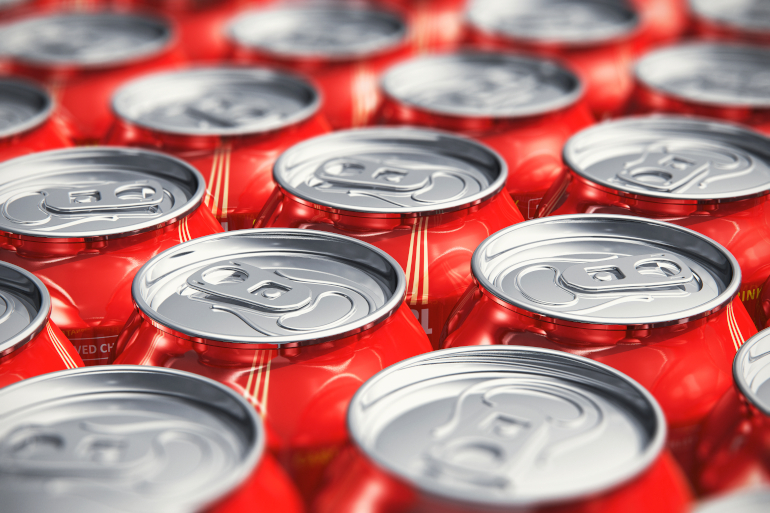
Why Visual Evaluation is Not Sufficient to Evaluate Color Accuracy
Three things are required to see color – our eyes, light, and the object – and all three are subject to variability.
- Variations in the Human Eye: Genetics, color memory, eye fatigue, color blindness, and medications are just some of the variables that affect our ability to distinguish color differences. Plus, we all see color a little differently, which leads to disagreement between operators and shifts.
- Variations in the Type of Light: Light has biggest impact on the colors we see. The visible color spectrum, what we know as the rainbow (RGBIV), encompasses light wavelengths from approximately 400 to 700 nanometers and breaks down into three primary colors: red, green, and blue. Each type of light, such as incandescent, fluorescent, and daylight, has a different mix of wavelengths and therefore shines a different type of light.
- The Reflection of the Object: Objects themselves don’t have color. They have properties that determine which wavelengths of light are absorbed, and which are reflected. It is the mixture of the reflected light that enters our eyes and gives us the perception of color. When the type of light changes, such as between fluorescent factory lighting and daylight, the amount of light that reflects off the object – and the resulting color - also changes.
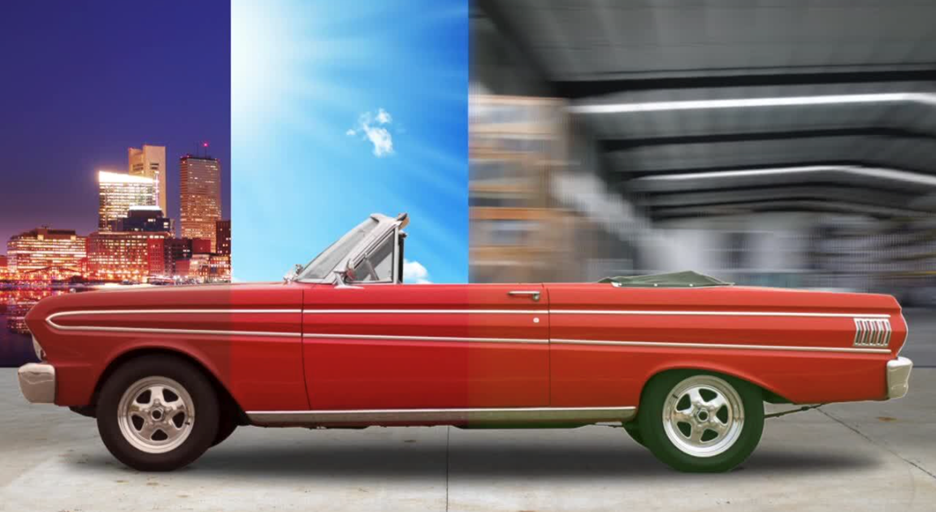
While this car looks red under noon daylight, it appears bluer under the night sky, and more yellow under fluorescent and horizon sunlight. However, without a point of reference, they all just look red.
Visual evaluation on reflective surfaces is nearly impossible. If you hold the package one way the color may look acceptable, but if you turn it to the side or step into the sun, the color changes. Although it may pass in your opinion, will the brand owner see it the same way? Will the final color match the companion packaging on the store shelf?
Our popular Color Perception blog series covers this topic in greater detail, but the key takeaway is that visual evaluation is prone to subjectivity. When cost and suitability drive your bottom line, visual evaluation alone is not the most cost effective or reproducible way to evaluate color.
The Components of a Digital Color Workflow
The only tangible way to ensure accurate color across multiple sites is with digital specification and evaluation – that is, using digital values for color in conjunction with physical references. Once the emphasis of color evaluation shifts from a physical reference to a known digital value, everyone can do a better job of achieving the original design intent color.
To control color on metallized surfaces, your workflow doesn’t have to change much. You might just need some new tools.
- A Color Measurement Device: Taking spectral measurements will help you spot check production samples to ensure color remains in tolerance throughout each run.
- Quality Control Software: By entering the digital specification for the standard and the acceptable dE tolerance, you can use the digital data from the color measurement device to immediately determine if your color is on target. You can also track trends and report color compliance back to brands.
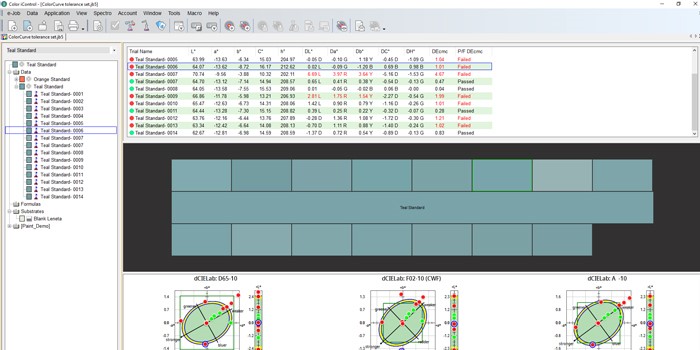
Read this whitepaper to learn more about color measurement and tolerancing for two-piece metal packaging.
Choosing The Best Device for Measuring Color on Metallic Substrates
45:0 spectrophotometers are typically used for packaging applications. In these instruments, the illumination of the sample is from 45° (45° from the sample surface), and the specular or gloss angle – the angle at which the light is directly reflected – is also 45°. Since the pickup is at 0° from the surface it can’t pick up the gloss. When dealing with reflective packaging, this is not the best instrument for the job.
For reflective packaging, a sphere spectrophotometer is the preferred instrument because it provides diffuse illumination. The wall is coated in a highly reflective white surface, and the light source is located on the rear of a sphere with a baffle to prevent the light from directly illuminating the sample. With a sphere instrument, the sample and gloss angle are both viewed at 8° from perpendicular. The reference beam port monitors the sphere wall to account for changes in illumination.
A sphere spectrophotometer can provide reflectance measurements in two ways: specular included (SPIN) and specular excluded (SPEX). To include gloss in the measurement, the specular port closes. To exclude gloss, the specular port opens so the specular component is not included in the measurement.
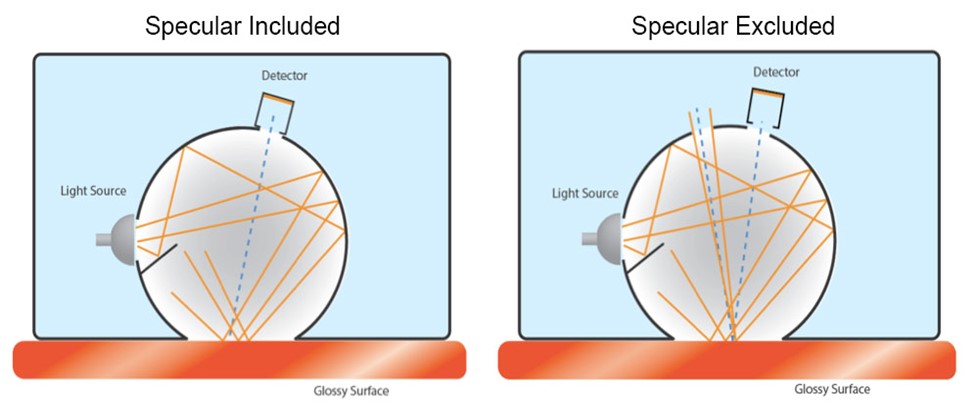
Believe it or not, it is possible to achieve a perfect digital match in either the specular included or specular excluded component, but a complete mismatch in terms of the visual color. For metallic packaging, it is best to capture both the specular included and specular excluded components together as reflectance, or lack thereof, for a better impression of the color.
An X-Rite Solution to Measure Color on Metal Cans
X-Rite’s solution to measure color on metal cans includes:
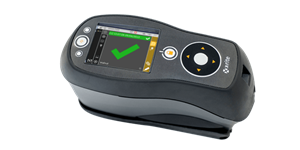
Ci64 Sphere Spectrophotometer: X-Rite’s most precise handheld sphere spectrophotometer, the Ci64 offers reliable data collection and statistical process control with simultaneous SPIN/SPEX and correlated gloss. A Graphical Jobs™ interface and configurable menus enable operators to view measurement procedures and data directly from the device for consistency across shifts, production lines, and manufacturing facilities.
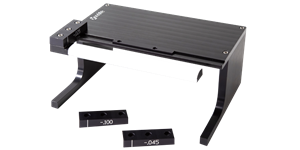
Cup and Cylinder Fixture: The Cup and Cylinder Fixture has a sample-positioning arm to hold an un-necked beverage can and a bench to hold the Ci64 at the correct height and angle for consistent measurements at multiple orientations without deformation or distortion.
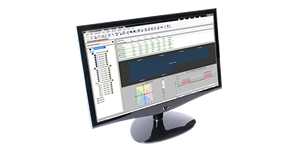
Color iQC Software: Color iQC is a configurable, job-based software system to easily evaluate whether a measured sample is in tolerance of the standard. With Color iQC, brands, suppliers, and manufacturers can define standards, tolerances, settings, measurement modes and ensure correct color measurement practices between operators and across locations.
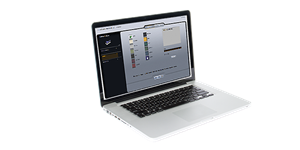
NetProfiler Software: NetProfiler is a cloud-based blend of software and color standards that makes it easy to adjust and validate instrument performance, identify instruments in need of service, and reduce variation between devices.
But perhaps the best part of an X-Rite solution is the support you’ll receive from our Color Experts. We offer onsite consultation and training as well as certification programs to maximize your color measurement process.
Learn More
We invite you to download our Color Measurement & Tolerancing for Two-Piece Metal Packaging Whitepaper to learn how an X-Rite color measurement solution is repeatable and reproducible for a consistent measurement process with less waste.
If you’d like to learn more about how Coca-Cola Europe is using X-Rite solutions to address packaging sustainability, read this blog.
Visit our website to browse our extensive library of resources or get in touch with one of our Color Experts to discuss your specific needs.
